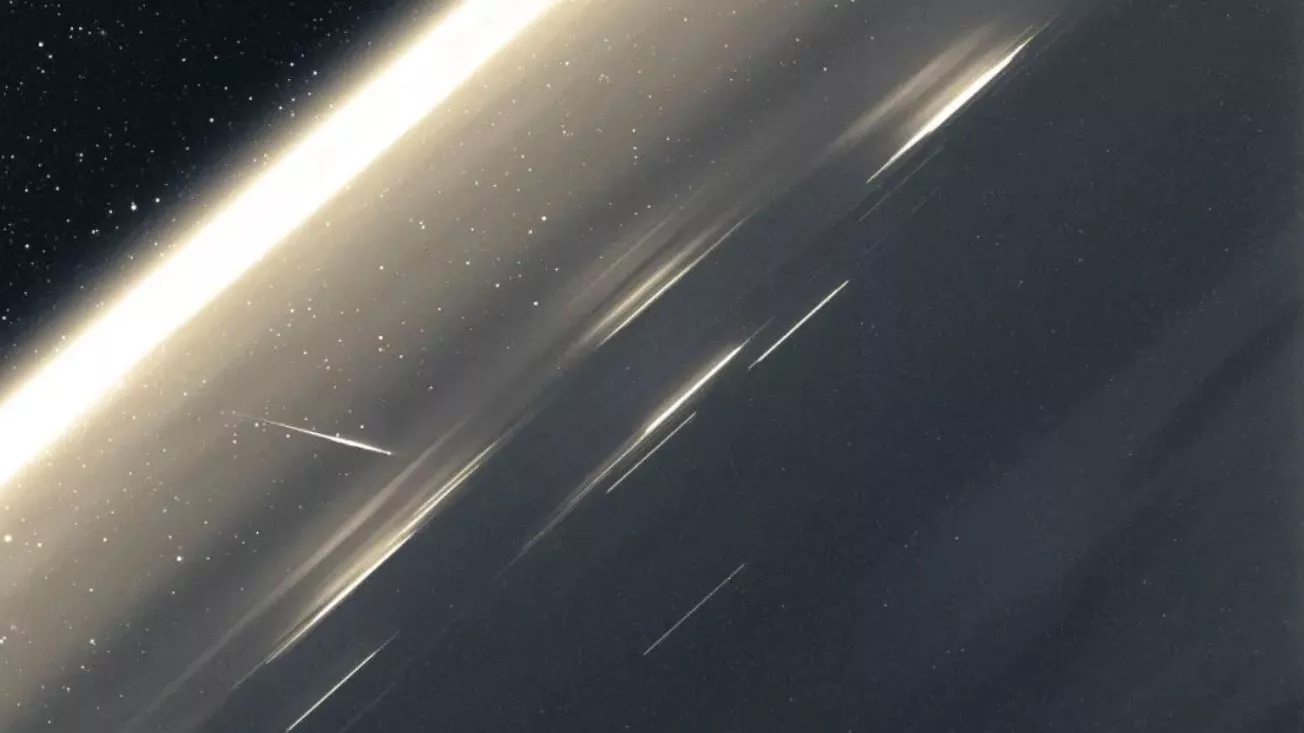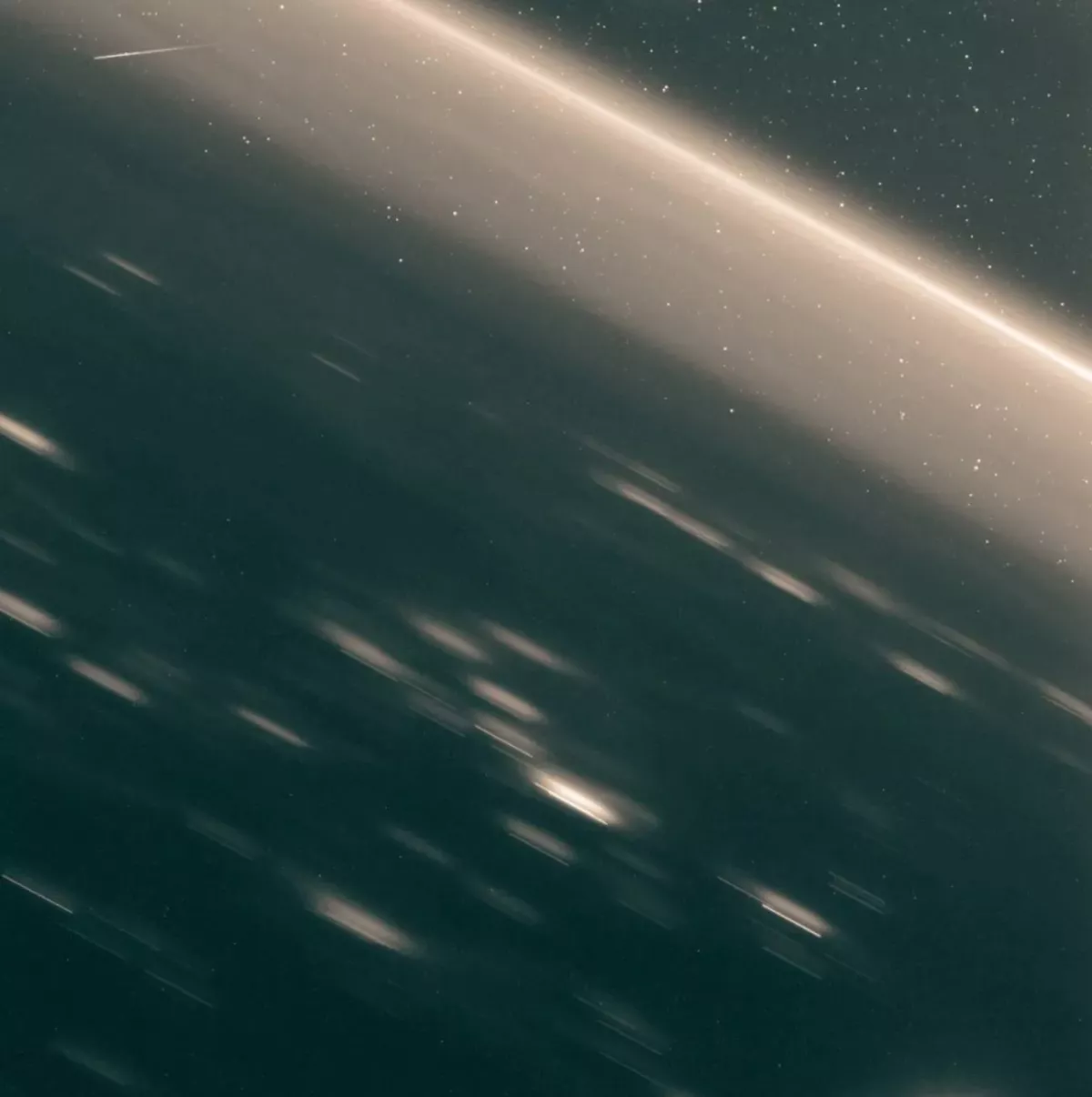
From Space.com
By Andrew Jones

(Image credit: Origin Space)
A small Chinese commercial satellite has been detecting meteors impacting the atmosphere and even filming the aurora.
The Yangwang-1 satellite, belonging to Beijing-based space resources company Origin Space, launched in June along with three other satellites. With its small optical space telescope, Yangwang 1 has been using visible and ultraviolet observations to detect near-Earth asteroids.
But the satellite is spotting much more than space rocks. On Aug. 29, the satellite captured footage of the aurora australis, or the southern lights, over the South Pacific. The observation was made in expectation of charged particles reaching Earth following a solar flare that occurred on Aug. 27.
During its three months in orbit, Yangwang 1 has also detected and imaged meteors as they strike Earth's atmosphere, triggering streaks and flashes visible to the telescope. In addition, the satellite has spotted objects such as China's space station core module moving through the satellite's field of view.
The satellite was developed by Shenzhen Aerospace Dongfanghong Satellite Co., Ltd., an arm of China's main state-owned satellite maker, the China Academy of Space Technology (CAST). Origin Space says it plans to use Yangwang-1 to create a "treasure map" of potential space resources as part of grander plans for space resource utilization.

(Image credit: Origin Space)
A meteor seen entering the atmosphere over the Qinghai-Tibet Plateau on Aug. 10, 2021.
In April, the company launched NEO-1, a satellite designed to release and collect a small target to simulate capturing small chunks of asteroid.
The next step is a planned moon mission named NEO-2, which is expected to launch in 2022. When the mission was first announced, plans were for the satellite to be launched into a geocentric orbit, then gradually raise its orbit before eventually reaching and slamming into the moon. (India's Chandrayaan-2 moon mission similarly first entered a geosynchronous transfer orbit before reaching lunar orbit.)
Origin Space aims to eventually mine space resources for utilization here on Earth. According to the company's timeline, around 2025 the NEO-X mission would attempt to capture a small near-Earth asteroid using a net.
Japanese company ispace is also working on the exploitation of lunar resources. However, the technology required and market realities mean such companies face tough challenges in realizing their goals. Earlier U.S. ventures Planetary Resources and Deep Space Industries have both been acquired in recent years and pivoted away from their previous, highly ambitious goals of asteroid mining.
